Fukushima Shuangyecho lifted the evacuation instructions, the first batch of residents returned to their hometown 11 years later: like the sun came out
Author:Nine Pai News Time:2022.08.31
【Source: Nine Pai News】
"In my lifetime, I am afraid that I can't see that Shuangyecho has changed back to a normal town. A small town where residents who live in all ages such as babies and elderly people." Yoichi, 71 -year -old resident who returned to Shuangyacho, Fukushima, Japan Yatsuda preach.
On the afternoon of March 11, 2011, there was the strongest earthquake ever in the east coast of Japan. The tsunami caused by this large -level earthquake after 50 minutes sweeps the Fukushima nuclear power plant on the coast, causing radioactive substances in the station to leak, forcing more than 150,000 people to evacuate.
The Fukushima First Nuclear Power Station is located in some areas of Fukushima Prefecture, and the refuge instructions were lifted at 00:00 on August 30, local time. This is the first time after the Fukushima nuclear accident in Fukoshima in Suihimachi in 2011. Shuangyecho is the last administrative district of the 12 municipal -level administrative districts that have been instructed by a shelter in the nuclear accident.
On the evening of the 29th, before the east exit of Shuangye Station, resident volunteers held an event entitled "Welcome home plan". The venue ignited about 2,000 candles to pray for the reconstruction of the Town. With the bell of the countdown, the organizer opened a pink wooden "door of hope", and people shouted "Welcome home".
The scope of Shuangyecho's refuge instructions includes about 5.5 square kilometers around Shuangye Station. In areas where they can live, the registered population as of the end of July has a total of 1,449 households and 3574 people, which is equivalent to 64%of the total population of Shuangyecho. However, due to the long -term shelter life, only some residents are expected to return to Hosi -cho.
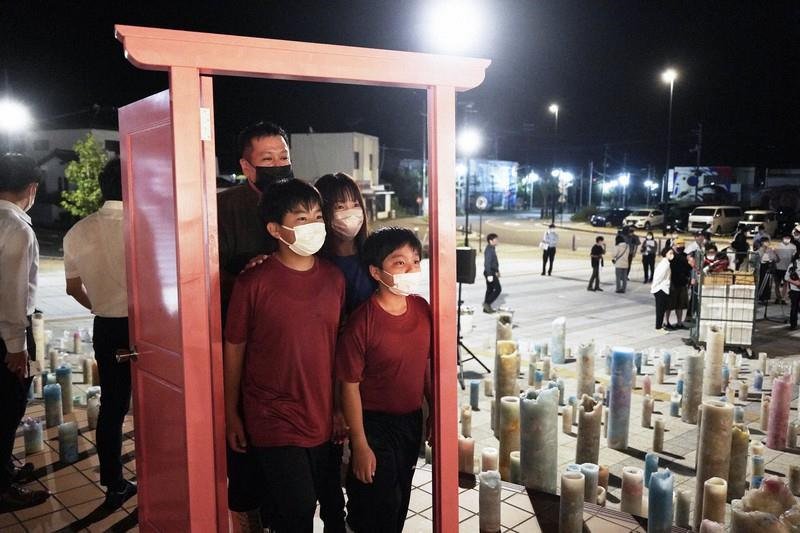
The dismissal of the evacuation order does not allow the town to re -life, and most residents are unwilling to return to their hometown.
For Yatsuda, who could only live in Nanxiangma City before, the dismissal instructions of Shuangyecho's refuge instruction meant that "the boundary of the previously defined boundary has disappeared." Same."

Before the nuclear difficulty, Yatsuda was a director of a medical company in Sungye -cho. Beginning in late January this year, he and his wife Analisa became a member of 15 applications for trying to return to Sungancho. They were allowed to visit Shuangyecho regularly to repair and refurbish their former houses and be able to spend the night in an open area, and all of them were prepared after the ban was lifted.
But usually Yatsuda can only live in the town next to Sungyecho, and his home is half bitter. What he is happy is that he can go home, but the sadness is that there are very few residents who are willing to return to Shuangyecho. Especially those who have children, they are unwilling to return to a town without schools, shops, restaurants, hospitals and other public services.

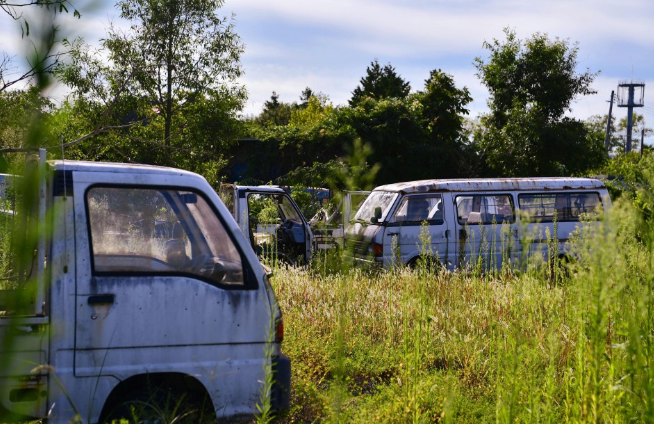
Yatsuda said that many of his former neighbors had found a job in other parts of Fukushima and all parts of Japan and started a new life. YASUSHI HOSOZAWA was the only neighbor at the beginning of his home. Hosozawa, 78, likes fishing. His penetration was parked in Shuangye. This is also an important reason he decided to return. As for Hosozawa's family, they run a restaurant in another town in Fukushima.
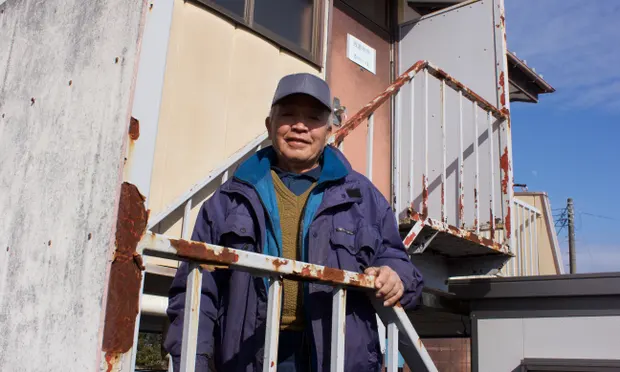
"The problem is that people cannot see the signs of recovery with their own eyes. Unless the authorities take more measures to create employment opportunities and attract new residents, I will not see how much improvement in the next 10 years." Yatsuda said, Shuangye, Shuangye, Shuangye, Shuangye. There are no stores or hospitals, and people have to drive to shopping in the neighboring Langjiangcho.
"When I took my dog out for a walk, the only thing I passed was a patrol car." After the sun went down the mountain, Yatsuda stepped home with Starlight. There was no street light here. It's so close to me. "He looked up at the night sky and said.
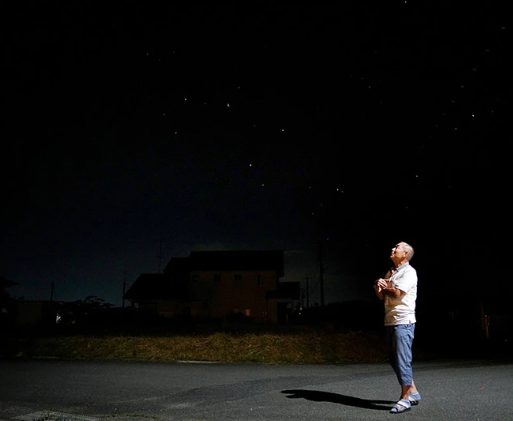
Yatsuda believes that the prospects of Sungyecho are dim, at least in the next many years. He believes that the reconstruction depends on people, but "only from the baby to all the residents of the elderly to work together can Shuangye -cho can regain their vitality."
According to the Kyodo News Agency, the part of this re -living is located near the Shuangye Station in the northeast of the city of Shuangyecho, with an area of only 5.55 square kilometers, accounting for 15%of the total area of Shuangye. Horizontal radiation is "returning difficult areas."
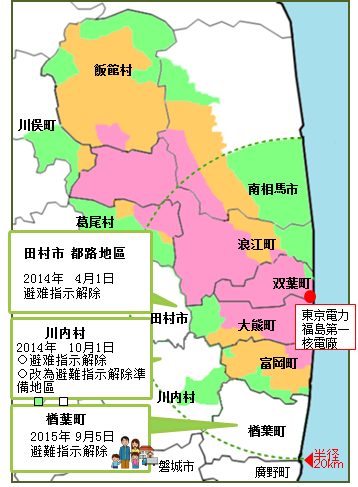
A spokesman for the City Hall said that starting in January this year, there are only 85 residents who are preparing to return home projects, from 52 families. The goal of Shuangyecho will increase its residential population to 2,000 by around 2030, but a survey in August last year found that 60.5%of residents decided not to return, far exceeding 11.3%of the hope to return.
A survey conducted by Kansai University University in 2020 found that 65%of the retrasers no longer want to return to Fukushima Prefecture because 46%of them are worried about residual pollution, and 45%have settled elsewhere elsewhere.
The old man returned to his hometown and wanted to sweep the grave for the late loved ones.
However, even though Suoshimachi does not have many residents now, it is still like a "ghost city", Yatsuda has no regrets about returning here: "This is our house, this is where I played with my partners when I was young."
"I was born here, and I always felt that if I had a chance to come back, I would accept it." Yatsuda's neighbor Hosozawa said that the two have reached a rare year.
The 79 -year -old Keiko Igari plans to move into Public Housing in Sungancho in October. After the nuclear accident occurs, she travels between Tokuka Prefecture and Fukushima and has lived in Baichuan Village in the past six years. "It is difficult to settle in a strange place. More importantly, my husband and ancestors' graves are in Sanga -cho. Before, I had to live in the cemetery of Shuangyecho every month."
"After opening, I can go to the grave every day. Fortunately, although I am old, I have become more and more strong because I am used to moving." Igari said with a smile.
For the 23 -year -old NaO Kato, as a resident of Shuangyecho, he decided to do "what he can do for Shuangyecho now" to help his hometown develop forward. Since March of this year, Kato has left his home in Pan City, lives alone in Langjiangcho, which is adjacent to Sungye -cho. And use social websites to spread information.
When the nuclear accident occurred, Kato was still in the sixth grade, and later fled to Kawasako with his family. He originally entered a vocational school and wanted to be a orthopedist, but he gave up because of his poor health. Later, when I went to the city hall of Pancheng to apply for health insurance, I found my current job.

Kato's hometown is located in "Back to difficult areas" in Sungyecho, but he hopes to live in one day. He dreamed that he saw the town back to his original appearance again, and saw the sound of receiving balls and metal balls in childhood. And the children's shouts.
Although the residents are not willing to return to their hometowns, they hope to keep in touch with their hometown
Before nuclear difficulties, the total population of Sui Yecho was about 7,100. According to a municipal government spokesman, as of late July, more than 5,500 people were registered as residents of Suachi -cho, but the registered population in the area where they can live is 3574.
"I devoted my whole body to the reconstruction of Shuangyecho, so the residents would come back happily."
After the ban was lifted, the Shuangyecho government will move from Pancheng, Fukushima Prefecture to the machi, and will handle business in the new office building from September 5th. In October, residents will begin to stay in public houses built on the west side of Shuangye Station. In order to promote the revitalization of the industry, Shuangyecho also signed an opening agreement with 24 companies.
Yusuke Yamashita, a professor of sociology at Tokyo University, called for a long -term plan to assist residents who evacuated from Fukushima. A system to help the evacuation personnel keep in touch with the original community. "
According to a survey in Shuangyecho, 66%of families in the town said they wanted to keep in touch with their hometown. Toshihide Yoshida, the head of the Shuangye Residents Association, said: "We can't come back soon, but we want to continue to participate in the affairs in the town."
Jiupai journalist Liang Xia
The copyright belongs to the original author and pays tribute to the original
- END -
Western brands have changed to Russians' lives

Xinhua News Agency, Moscow, June 13th. Communication: Western brands have changed ...
Russian warship, for the first time!
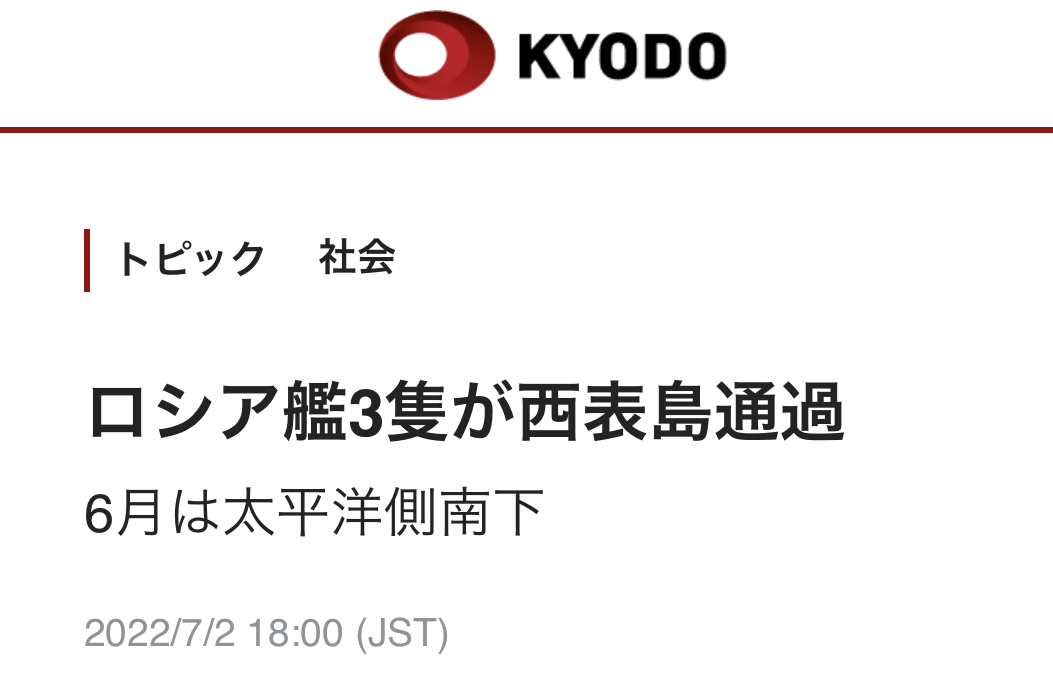
Japanese media: Russian warships across the west of the western western -end islan...